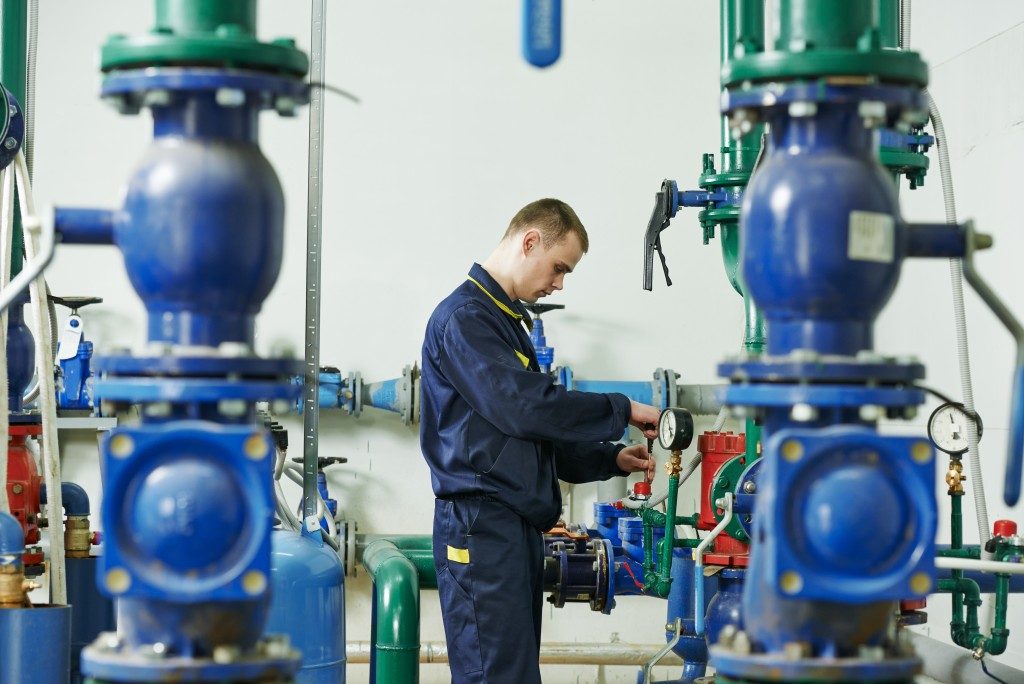Liquid flow meters measure the flow of liquid or gas through a pipe and its rate of change. There are different types of tools with varying functions that cater to a wider range of industrial or non-industrial work.
However, each equipment is built differently and carefully administered based on fluid dynamic principles. Important technical features and types of meter to be used generally depend on the viscosity, temperature, and other characteristics of a liquid and the area of application.
The Benefits of Wide-Range Applications
Liquid flow meters have established and proven themselves as essential instruments in different industries. These include fuel, oil, pharmaceuticals, paints, grease, coating, and even food and beverages.
In addition, even outside of industrial use, science and technology universities or engineering-centered programs use liquid flow meters for educational purposes. They are also used in housing projects to track the amount of water utilized.
There are liquid flow meters that can withstand extreme and harsh weather conditions such as outdoor temperature and pressure. Thanks to the brilliant minds of engineers, they have developed meters that produce accurate results.
In addition, control valves are often used with instruments for normalizing the liquid flow’s velocity to maintain the required level of pressure. This is another indirect benefit of liquid flow meters. The detection of leaks is now made easy to avoid water wastage.
The Benefits of Liquid Flow Meters

As discussed, there are many types of liquid flow meters. Here are the key benefits of each of them:
- Differential Pressure Flow Meters
This type of meter is suitable for gas and steam measurement, which has the ability to lower pressure and can withstand extreme pressures and temperatures. It also has the ability to change its range depending on the situation.
- Electromagnetic Flow Meters
The main advantage of electromagnetic flow meters is they measure liquid flow on fixed parts like pipes. It can also withstand changes in viscosity, density, temperature, and electrical conductivity. It is easy to maintain and cost-efficient due to the fact that it’s not easily contaminated.
- Coriolis Flow Meters
This type accurately measures the mass flow or the number of molecules inflowing gas. It has an additional measuring capability for temperature and density in which its measuring range is set. Another key function is it has the ability to self-drain, a feature that is not present in other liquid flow meters. Lastly, it allows the two-way flow of liquid.
- Thermal Mass Flow Meters
Also known as thermal dispersion, it is a member of mass flow meters. The thermal mass flow directly measures gas flow with an extreme level of accuracy. In addition, it has a quick response time to avoid problem build-up and it is easy to clean and maintain.
As technology continues to advance, the need for precise and exact measurements is necessary. To make all that possible, liquid flow meters are invented. The continuous production of these instruments has served the constant growth of many production industries and has significantly increased quality and reliability with its ever-increasing range of application.